Chinese dictator Xi Jinping lost face when his communist regime, confronting mass and violent protests in major cities, backed off on its totalitarian "zero-tolerance" COVID-19 lockdown policies. Heavens, export dollars from an Apple iPhone factory were at risk!
Chinese protesters from Xinjiang province to Shanghai are heroes in the global fight for freedom. At the bottom Chinese political line, Xi brutalized and incited his most powerful enemy, the Chinese people, to the point he had to terminate his hard-core domestic control policy that imprisoned millions in their homes.
Hundreds of millions of mainland Chinese noticed Supreme Leader Xi backed down. Word gets around. You can't keep a hundred million angry people from complaining to their 200 million friends and relatives. Moreover, The Great Cyber Firewall of China is porous. Credit angry Chinese coders committed to hacking it.
Subsequently Xi did something typical of threatened dictators: he launched military forays. Striking a foreign enemy ploy to steel wobbly domestic support is an old ploy. For example, Argentine dictator Leopoldo Galtieri employed it in 1982 when he invaded the Falkland Islands. Thanks to Margaret Thatcher and the British military his foray failed.
Foray No. 1: Xi sent a score or two of jet bombers into Taiwanese airspace, or to be totally accurate, Taiwan's Air Defense Identification Zone (ADIZ).
To be totally accurate, communist air and sea forces routinely test Taiwan and the island doesn't exactly rate as a Chinese foreign enemy. A geostrategic contortion affects my "foreign enemy" analogy. See, the Chinese Communist Party calls Taiwan a lost Chinese territory, a province Xi has sworn to recover.
Recommended
However, the Taiwanese reject the CCP's totalitarian claim. They wish to protect their free and wealthy society from the communist dictatorship's inherent inhumanity and destructive corruption.
To defend themselves, the Taiwanese rely on themselves and the support of allies -- the U.S., Japan and Australia foremost. So, Xi has his foreign enemies behind his Taiwan foray.
However, a fourth foreign power with an interest in defending Taiwan, India, is slowly but steadily aligning with America, Japan and Australia. India presents Xi and his clique with a 3,800-kilometer-long strategic problem.
Foray No. 2 occurred Dec. 9 when Indian and Chinese soldiers clashed on an icy slope in the Tawang sector of the mountainous border between Chinese-occupied Tibet and India's northeastern Arunachal Pradesh state. India is building a major highway in the area, in order to improve New Delhi's ability to defend the region.
If the geography is obscure, the stakes aren't. The scuffle on the slope generated headlines across Asia.
Note I wrote Chinese-occupied Tibet. Communist China invaded Tibet in 1950. That was the predicate to the 1962 Sino-Indian War, which China launched and won. That war on the roof of the world is not officially over, so the hazy mountain border is called the Line of Actual Control (LAC).
In June 2020, the two Asian nuclear giants shot it out in eastern Ladakh (northeastern Himalayas). Twenty Indian soldiers died, and several Chinese soldiers were killed.
On Dec. 9? A hand-to-hand scuffle, with minor injuries.
Accidental encounter instead of Beijing muscle flexing? Maybe the LAC lacks specificity, so to speak.
I doubt it was an accident. Indian Defense minister Rajnath Singh made the critical strategic point. China is once again using military power to try "to unilaterally change the status quo" on the border.
China plays that game in the South China Sea when it encroaches on Vietnamese, Filipino and Malaysian territory. Beijing prefers one-on-one (bilateral) economic and military bullying.
India, however, is much more powerful. And India has friends. In 2007, the Quadrilateral Security Dialogue, at the behest of Japan, held its first informal meeting. The Quad consists of Japan, Australia, America and India. In 2007 Japan pointed out all four nations regard China as a disruptive actor in the Indo-Pacific.
A few more fights on the roof of the world and the Quad will become an alliance.

















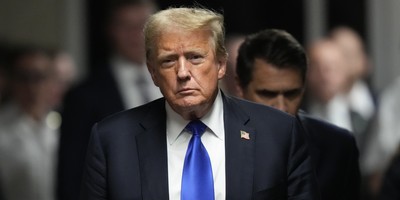
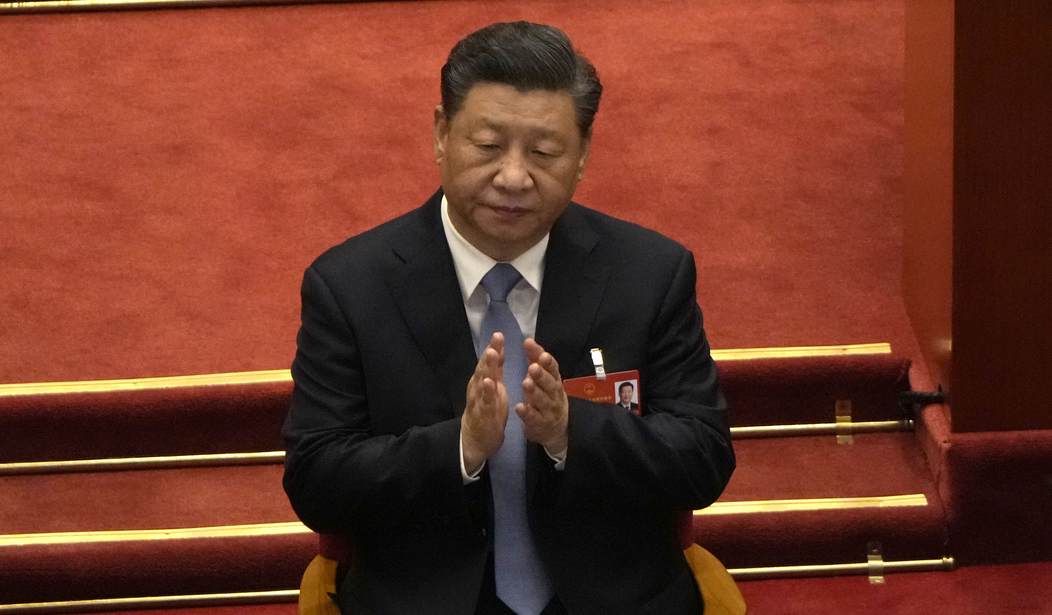
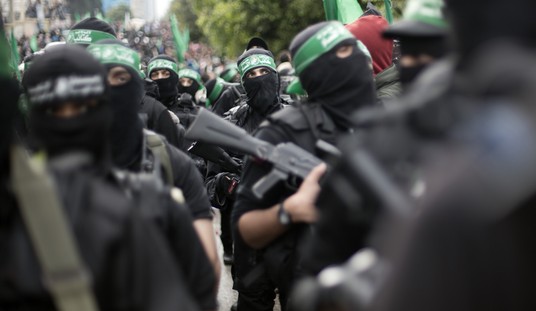

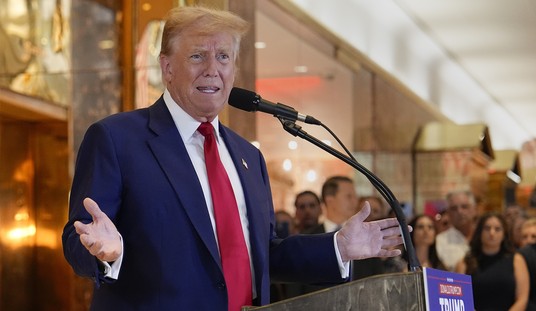

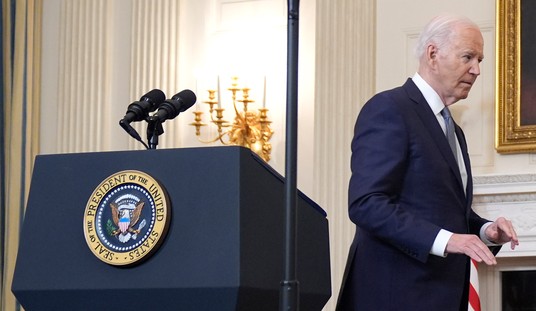
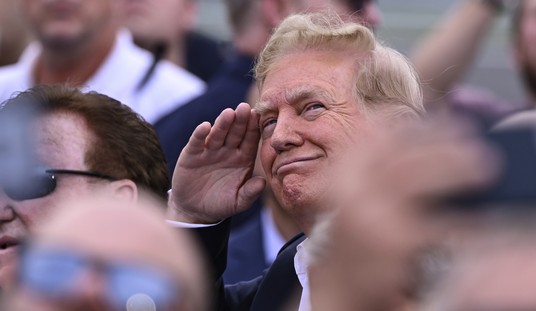
Join the conversation as a VIP Member